Report this entry
More from the same community-collection
Mac's Place - Downtown El Paso, Texas
Mac's Place located 203 Mills - in the Cortez Building on the ...
Mac's Place - Downtown El Paso, Texas
Mac's Place located 203 Mills - in the Cortez Building on the ...
Mac's Place - Downtown El Paso, Texas
Mac's Place located 203 Mills - in the Cortez Building on the ...
Mac's Place - Downtown El Paso, Texas
Tuna Dish at Mac's Place. Mac's Place located 203 Mills - in the ...
Mac's Place - Downtown El Paso, Texas
Gelaine Apuan owner of Mac's Place. Mac's Place located 203 ...
Mac's Place - Downtown El Paso, Texas
Mac's Place located 203 Mills - in the Cortez Building on the ...
Mac's Place - Downtown El Paso, Texas
People dining in the Cortez Building from Mac's Place. Mac's ...
Photo of Clock, Lobby, Cortez Building, El Paso, TX.
Photograph of the clock located in the Cortez Building. The ...
Aerial Photograph - Downtown El Paso, Texas - 1929
This aerial photograph was taken in 1929 over the Rio Grande ...











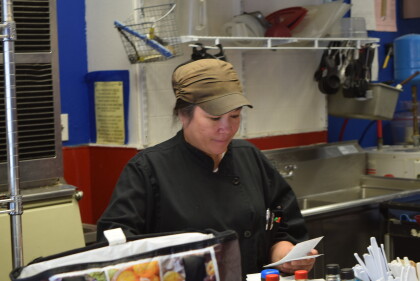

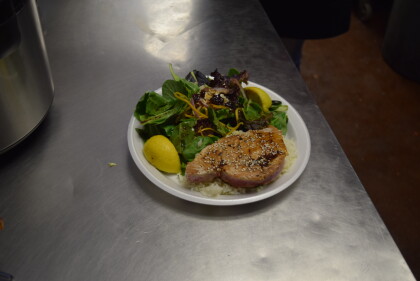
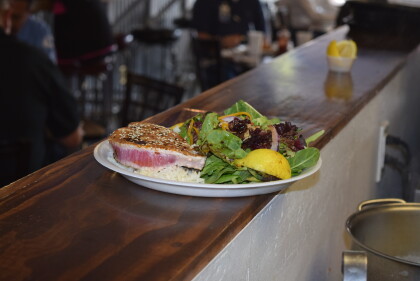
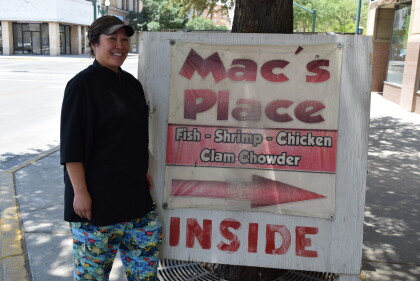
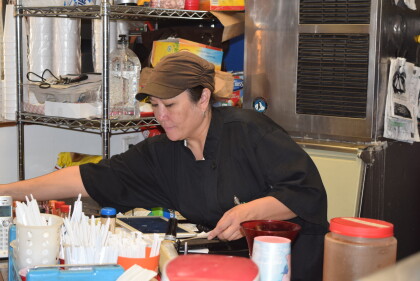
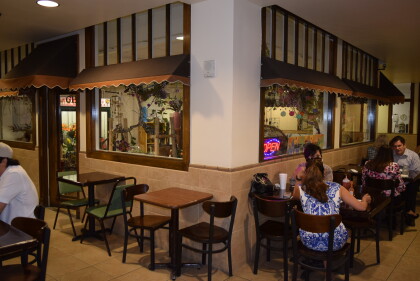
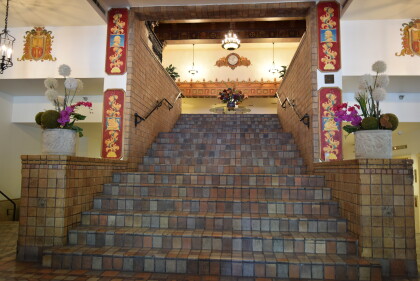

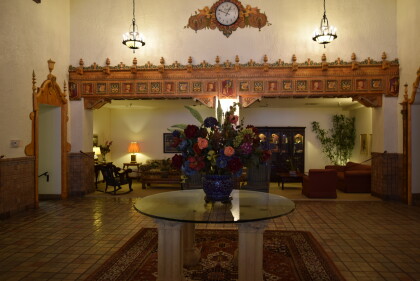
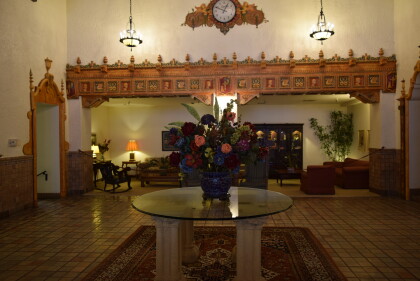
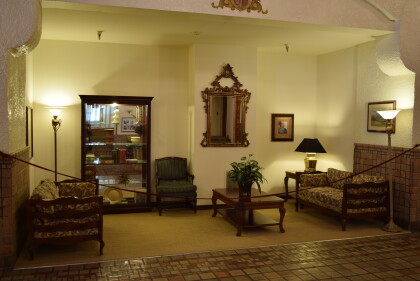
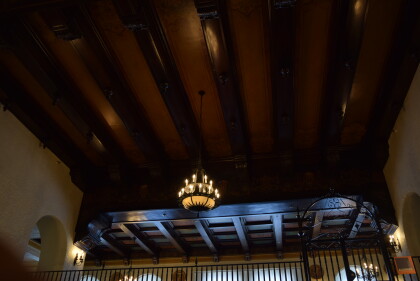
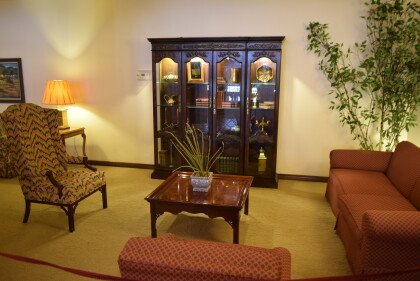
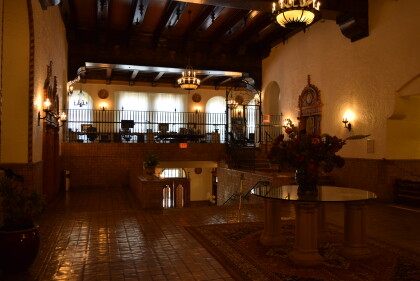
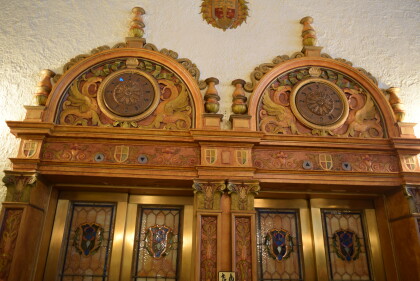
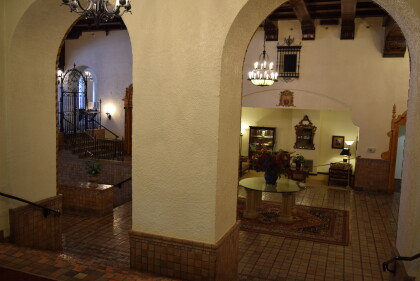

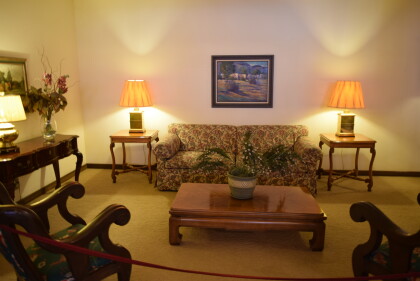
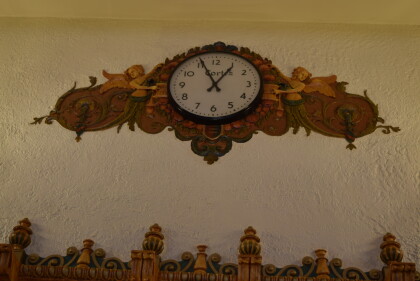
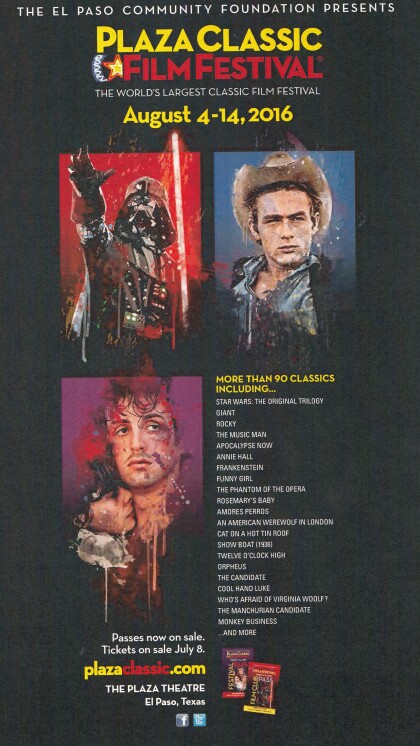
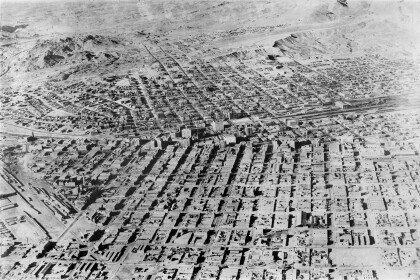
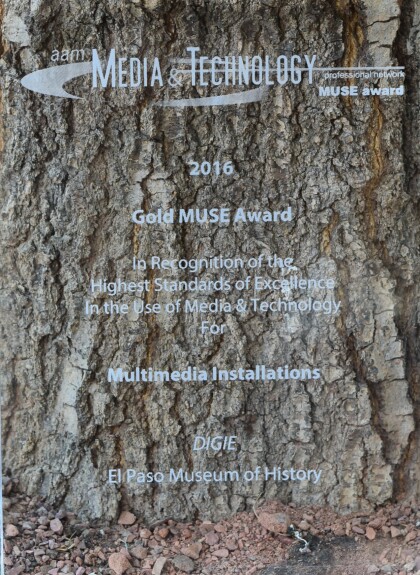
Comments
Add a comment